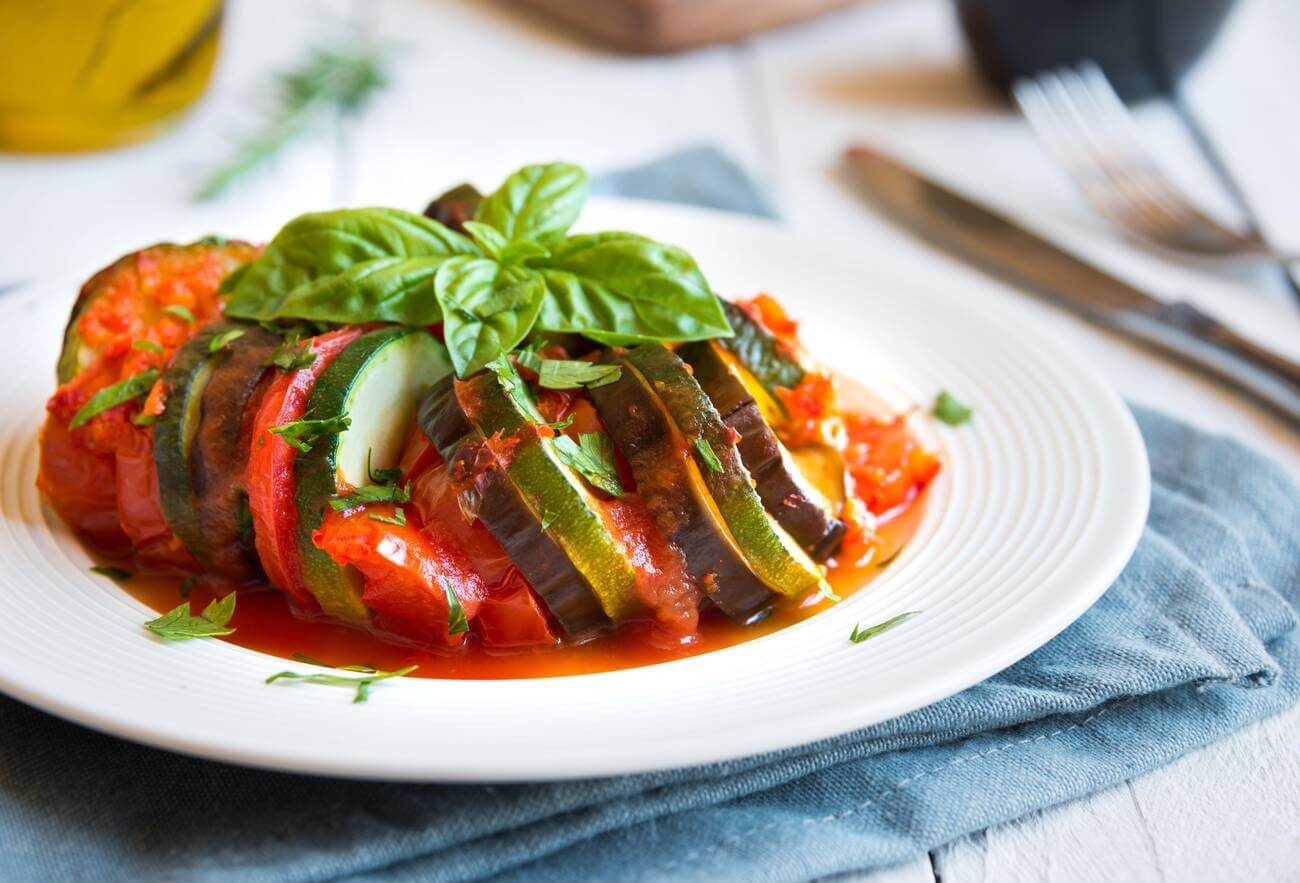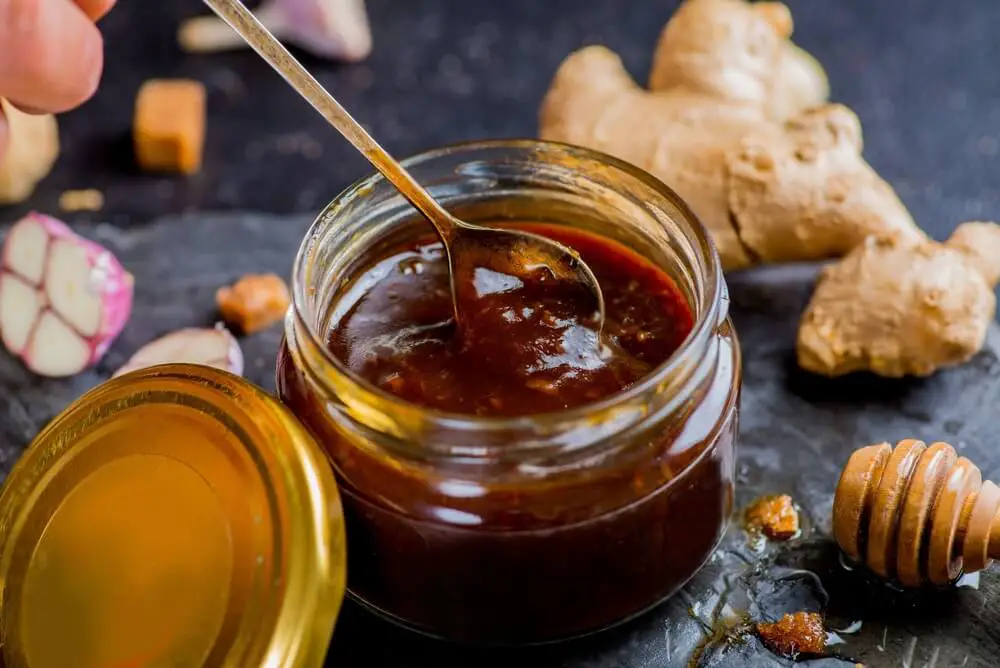So, you’re craving a hearty, vegetable-packed stew, and you’re torn between two delectable options – Ciambotta and Ratatouille. Well, you’ve landed in the right place because we’re about to embark on a culinary adventure, exploring the mouthwatering difference between Ciambotta and Ratatouille.
What’s the Deal with Ciambotta?
Ciambotta, also known as the Italian take on a vegetable stew, is a traditional delight hailing from the heart of Naples. Now, let’s dive into what makes this dish an authentic Italian favorite.
Ciambotta Ingredients
Picture a pot bubbling with the goodness of summer vegetables. Ciambotta often boasts a flavorful ensemble of fresh tomatoes, eggplant, and zucchini. But that’s not all – it can also star potatoes, bell peppers, carrots, and green beans, depending on the chef’s whims.
Seasoned to Perfection
The symphony of flavors in Ciambotta comes from a medley of seasonings, including salt, onions, parsley, garlic, oregano, and basil. It’s like a culinary crescendo in your mouth.
One-Pot Wonder
Here’s a unique trait of Ciambotta: it’s a one-pot wonder. All the ingredients gather together in the same pot and take a slow, flavorful plunge into olive oil. A dash of water might join the party as well.
Cooking Method
The veggies in Ciambotta are patient souls. They’re simmered slowly over low heat, basking in the olive oil’s embrace. The result? Tender, flavorful, and mouthwatering goodness.
Serving Styles
Ciambotta can be versatile. You can enjoy it warm or chilled. It can be the star of the meal or a humble sidekick to fish, meat, or pasta. It’s a dish that adapts to any culinary setting.
The French Twist: Ratatouille
Now, let’s hop over to France and savor the iconic Ratatouille. This vegetable stew has been captivating taste buds for generations in the sunny Provence region.
Ratatouille Ingredients
In Ratatouille, the stage is set for a diverse cast of vegetables – eggplants, tomatoes, zucchini, and bell peppers. These veggies take a bow alongside onions, basil, thyme, and garlic.
Cut to Perfection
The veggies in Ratatouille are not just thrown in; they’re meticulously chopped into chunky bits and slices. It’s a dish that celebrates the art of knife skills.
Cooking Techniques
Here’s where Ratatouille stands apart. The vegetables often start their journey separately, each one taking its time to shine. Once they’ve had their moment, they come together in culinary harmony to let their flavors mingle.
Low and Slow
Ratatouille is all about taking it slow. The vegetables simmer over low heat, unlocking their flavors gradually. The endgame? Tender veggies that sing on your palate.
Versatile Serving
Ratatouille knows how to fit in. It can be the star of the show or play a supporting role beside rice, pasta, or any other culinary co-stars. Whether warm or at room temperature, it’s ready to dazzle.
The Grand Finale: Ciambotta vs. Ratatouille
Now that we’ve taken a flavorful journey through the landscapes of Ciambotta and Ratatouille, it’s time to do some tastebud matchmaking. Let’s put these two delicious stews side by side and see where they differ.
Cooking Style
Ciambotta: It’s the all-in-one pot wonder. All the ingredients come together for a communal flavor party.
Ratatouille: This dish likes to take its time. The veggies often start their journey separately, allowing each to shine before they mingle.
Ingredients
Ciambotta: It’s a vegetable festival, with tomatoes, eggplants, zucchini, and often potatoes, bell peppers, carrots, and green beans, depending on your preference.
Ratatouille: The cast includes eggplants, tomatoes, zucchini, and bell peppers, seasoned with onions, basil, thyme, and garlic.
Seasoning
Ciambotta: The flavor comes from a lively mix of salt, onions, parsley, garlic, oregano, and basil.
Ratatouille: It’s seasoned with onions, basil, thyme, and garlic, letting the veggies take center stage.
Cooking Method
Ciambotta: Slow and steady wins the race here. The veggies are in for a low and slow simmer, resulting in tender perfection.
Ratatouille: It takes the slow route too. The veggies simmer over low heat, making sure each one reaches its flavor potential.
Serving Styles
Ciambotta: It’s versatile, serving up both warm and chilled options. It can be a solo act or a reliable sidekick to various main courses.
Ratatouille: Like a seasoned actor, it can play multiple roles. Whether as the star or a side dish, it adapts with grace.
In Conclusion
When it comes to these delightful vegetable stews, it’s a matter of culinary preference. Ciambotta offers a symphony of flavors in one pot, while Ratatouille takes you on a journey of slow-cooked, harmonious vegetables. Whichever one you choose, you’re in for a treat that tantalizes your taste buds with the essence of summer vegetables and a dash of regional flair.
So, the next time you’re in the mood for a vegetable stew, let your taste buds guide you through the flavorful nuances of Ciambotta and Ratatouille. It’s a delectable adventure that celebrates the diversity of culinary traditions. Bon appétit!



